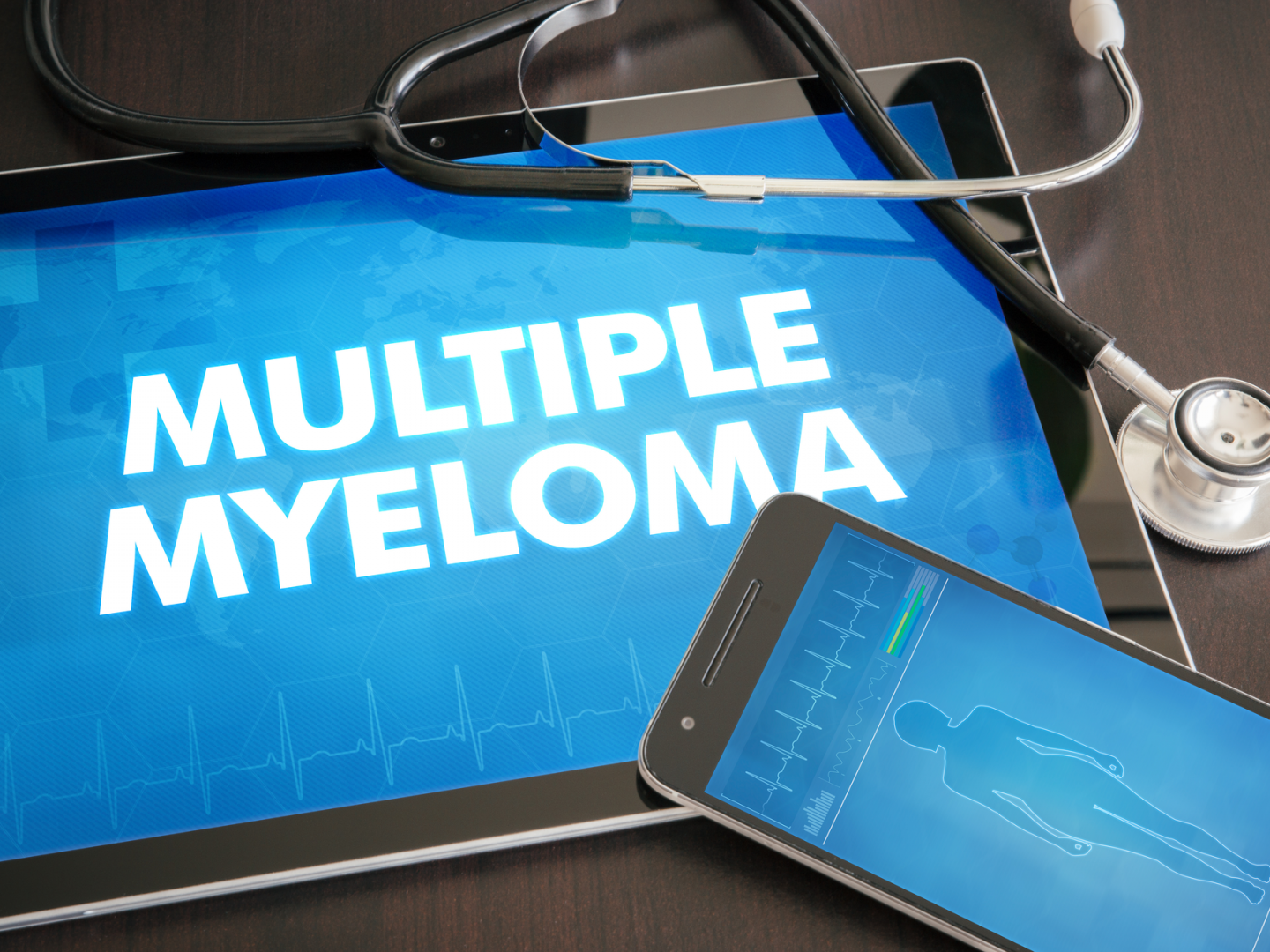Learn the Early Signs and Symptoms of Multiple Myeloma, and How to Treat it! New information on multiple myeloma is released every day. This is a relatively rare form of cancer, and seniors have the most risk of contracting it.
If you or a loved one are over 60, make sure that you can recognize the warning signs of multiple myeloma, how to diagnose it and the available treatments.

Early Symptoms and Warning Signs of Multiple Myeloma
According to Healthline, multiple myeloma is a rare and lesser-known type of cancer that attacks your body’s plasma cells.¹ The American Cancer Society reports that this condition is found most often in people who are past 60.² Other potential factors that may increase the risk of contracting multiple myeloma include being African American, male, and obese. However, it is important to know that anyone can contract this form of cancer.
Symptoms of multiple myeloma can differ based on the stage of cancer. At first, you may experience no symptoms, but as infected plasma cells multiply, patients experience symptoms such as:
- Pinched nerves
- Fatigue
- Frequent sickness that may result from a weakened immune system
- Pain in bones
- Brittle bones that break or fracture more easily
How Do Doctors Diagnose Multiple Myeloma?
If you are experiencing any of the symptoms listed above, you should ask your doctor for a multiple myeloma test. Keep in mind that regular medical tests and screenings do not usually cover cancer unless you request a specific test. If you are concerned that you may have multiple myeloma, it is crucial that you tell your doctor and request to be tested.
The Mayo Clinic reports that multiple myeloma is diagnosed with the help of four tests³:
- A blood test will determine the presence of abnormal proteins produced by myeloma cells in your blood and whether you have a low blood cell count.
- X-rays, MRIs, and other imaging tests will reveal any bone problems or abnormalities
- Tests that sample bone marrow, the place where myeloma is usually found, will detect if there are any myeloma cells.
- A urine test. Some abnormal myeloma proteins may be detectable in the urine.
Treatment Options for Multiple Myeloma
As of now, there is no cure for multiple myeloma. All available treatments focus on reducing physical pain and discomfort while increasing as many years to your life expectancy as possible. As of right now, most patients live no more than five years after their multiple myeloma diagnosis, according to the American Cancer Society.⁴
To cope with the pain, patients with multiple myeloma often receive strong pain killers like fentanyl or morphine. However, this is not an ideal treatment option because these medications are very addictive, and patients often build up tolerance to them so that doses need to be increased over time.
To increase life expectancy, multiple myeloma patients can take medications that target different proteins in myeloma cells. These drugs kill a part of the damaged cells and reduce their numbers. Using immunotherapy to boost your immune system is also helpful.
When multiple myeloma reaches the later stages, chemotherapy is often recommended as a last-ditch effort to destroy cancer cells. But, chemotherapy also destroys healthy cells and can cause serious side effects. A better treatment option is to undergo a bone marrow transplant and replace the tissues damaged by cancer.
Conclusion
The symptoms of multiple myeloma are something that every senior should be aware of. If you recognize the subtle warning signs of this frightening disease, you can act quickly and improve your life expectancy. Make sure that you check your health on a regular basis and report any unusual symptoms to your doctor.
Scientists are working hard to find ways to increase the life expectancy of cancer patients through better treatment and medications. Every new day could be the day they finally find a cure, so stay hopeful and keep up to date of the latest research and treatment options by searching online and comparing options.
[1] https://www.healthline.com/health/cancer/multiple-myeloma-signs-symptoms & https://www.cancer.net/cancer-types/multiple-myeloma/risk-factors-and-prevention
[2] https://www.cancer.org/cancer/multiple-myeloma/causes-risks-prevention/risk-factors.html
[3] https://www.mayoclinic.org/diseases-conditions/multiple-myeloma/diagnosis-treatment/drc-20353383
[4] https://www.cancer.org/cancer/multiple-myeloma/detection-diagnosis-staging/survival-rates.html
